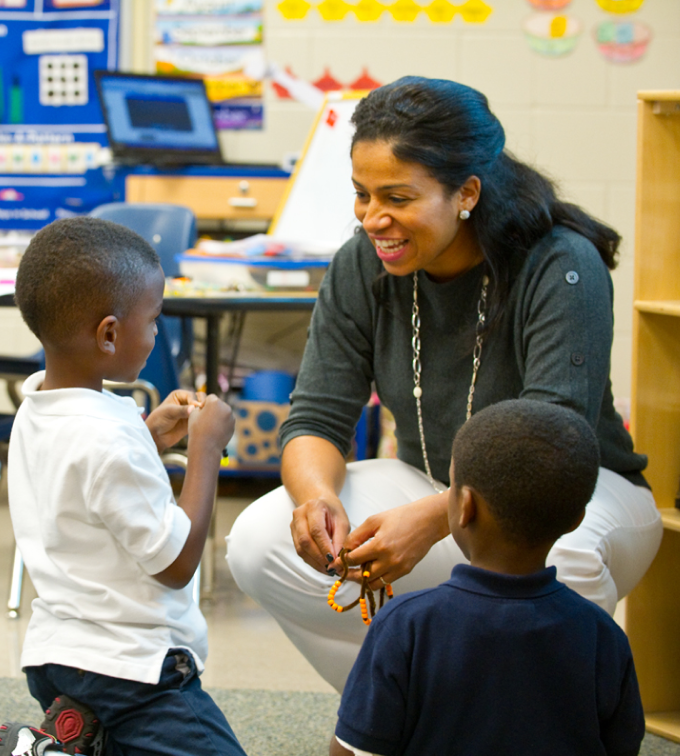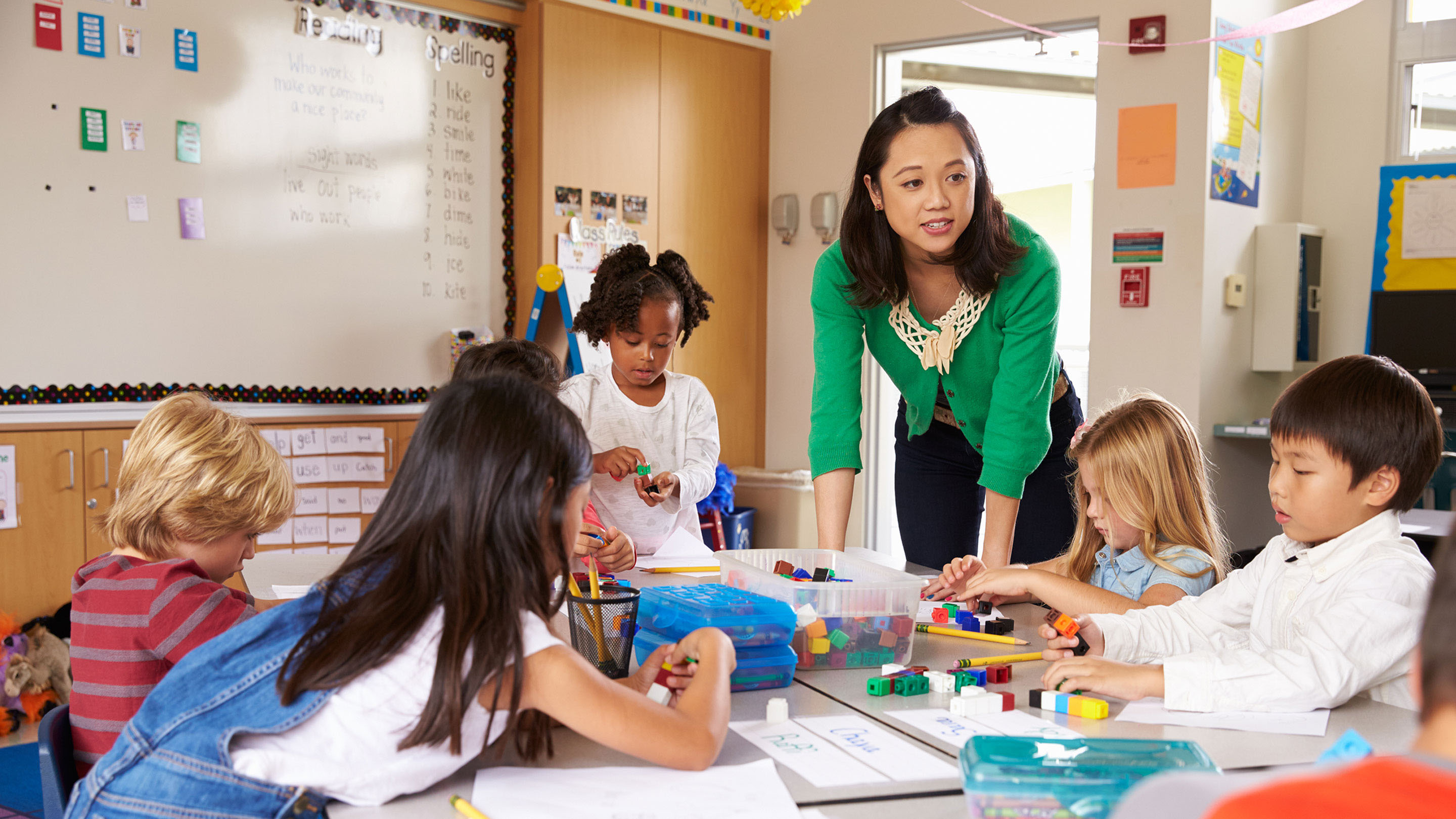Primary Science Tuition Singapore for Building Confidence in Science
Primary Science Tuition Singapore for Building Confidence in Science
Blog Article
Checking Out the Different Mentor Strategies in Key Science Education And Learning Today
The landscape of primary scientific research education and learning is developing, with different teaching approaches acquiring prestige in contemporary classrooms. Inquiry-based understanding, hands-on experiments, and the assimilation of technology are redefining how teachers involve young minds. Additionally, joint approaches and distinguished instruction are being employed to accommodate the diverse demands of students, enhancing both interaction and understanding. As we analyze these techniques, questions arise regarding their effectiveness and the implications for future educational practices. What might these changes in approach mean for the future generation of students?
Inquiry-Based Learning
Inquiry-Based Discovering (IBL) is an instructional method that encourages pupils to check out scientific principles with wondering about, examination, and hands-on testing. This method emphasizes the role of trainees as active individuals in their discovering, advertising crucial thinking and analytical skills. By involving with real-world inquiries, students end up being interested and inspired, which improves their understanding of clinical principles.
In IBL, educators work as facilitators, assisting pupils as they navigate their questions as opposed to delivering details directly. This student-centered approach enables distinction, fitting numerous learning styles and rates. Pupils create skills in creating theories, creating experiments, and examining information, which are essential for scientific proficiency.
Furthermore, IBL promotes partnership among students, urging them to share concepts and findings. This collective inquiry advertises social abilities and a sense of area within the classroom. Moreover, the process of questions motivates durability, as students find out to accept failure as a stepping rock towards understanding.
Hands-On Experiments
Hands-on experiments are an important component of effective scientific research education, matching the concepts of inquiry-based learning. These experiments enable students to engage directly with scientific concepts, fostering a much deeper understanding through experiential discovering. By adjusting materials and observing end results, young learners can understand abstract concepts in substantial ways.
Such activities advertise vital reasoning and problem-solving skills, as pupils assume outcomes, conduct experiments, and examine outcomes. This procedure motivates them to ask concerns, improve their understanding, and develop a clinical mindset. Furthermore, hands-on experiments can be customized to varied understanding designs, guaranteeing that all pupils have the possibility to engage meaningfully with the material.
Furthermore, hands-on experiments commonly encourage collaboration among peers, promoting teamwork and communication abilities. Functioning in teams makes it possible for trainees to share ideas, talk about searchings for, and discover from each other, which boosts their overall educational experience.
Including hands-on experiments into the main scientific research curriculum not only enriches the finding out environment but additionally cultivates a lifelong rate of interest in scientific research. By actively participating in their education and learning, students are more probable to establish a passion for scientific questions that expands past the class.

Modern Technology Assimilation
Incorporating innovation into primary science education has ended up being progressively important in promoting trainee interaction and improving discovering outcomes. Making use of digital tools, such as interactive simulations, online labs, and educational software, provides pupils with possibilities to check out clinical principles in cutting-edge methods. These sources promote a deeper understanding of complex subjects by permitting learners to visualize and control variables that would certainly be not practical in a standard class setup.
In addition, modern technology assimilation motivates customized learning experiences. Pupils can advance at their very own pace, revisiting difficult ideas via multimedia sources, which deal with different learning designs. This versatility not just supports specific development however also cultivates a feeling of freedom in students.
Furthermore, modern technology offers as a bridge to real-world science, this attaching students with current research study and specialist contributions. Access to scientific journals and on the internet databases broadens pupils' viewpoints on scientific questions and fosters important thinking abilities.
Collaborative Understanding
Joint learning plays a vital function in key science education by cultivating team effort and communication abilities amongst students. This approach urges learners to collaborate, share understanding, and take part in analytical, which enhances their understanding of clinical principles. By taking part in group tasks, find more students learn to verbalize their concepts, listen to diverse perspectives, and work out options, every one of which are vital skills in both academic and real-world contexts.
Research suggests that collective discovering can cause boosted motivation and interaction in science topics, as pupils locate satisfaction in common experiences (primary science tuition Singapore). Furthermore, this technique prepares pupils for future joint undertakings, outfitting them with the abilities necessary for reliable team effort in college and professional settings. Ultimately, welcoming joint learning in primary science education can significantly enhance the knowing experience and advertise a deeper understanding of clinical query
Differentiated Direction

Differentiated instruction can manifest in various ways, such as differing the web content, processes, or items of discovering. For example, teachers may make use of tiered assignments that provide differing levels of intricacy, allowing trainees to function at their respective preparedness levels. Additionally, flexible grouping techniques can help with collaboration among pupils with different abilities, fostering peer understanding.
Assessment plays a vital function in this technique, as it informs instruction and helps instructors recognize each trainee's special needs. Developmental analyses, such as observations and quizzes, can guide teachers in readjusting their approaches to enhance learning end results. primary science tuition Singapore. Eventually, by implementing differentiated instruction in key scientific research education and learning, educators can cultivate a more fair and reliable understanding setting, empowering all students to reach their complete potential click here now in understanding scientific phenomena
Conclusion
In summary, the varied teaching techniques in key science education and learning, including inquiry-based understanding, hands-on experiments, technology integration, collective learning, and distinguished instruction, collectively add to a more efficient discovering environment. These techniques promote essential thinking, analytical abilities, and a deeper comprehension of clinical ideas. By applying these approaches, teachers can create helpful and engaging classrooms that deal with the varied requirements of students, ultimately promoting a lifelong interest in science and improving scholastic accomplishment.
Inquiry-Based Understanding (IBL) is a pedagogical approach that motivates pupils to check out scientific principles through wondering about, examination, and hands-on experimentation.Collective learning plays an important function in primary scientific research education by promoting team effort and interaction abilities among trainees.Research study suggests that joint learning can lead to raised motivation and involvement in scientific research topics, as pupils find enjoyment in common experiences.In promoting an inclusive discovering environment, differentiated direction arises as a key strategy to fit the diverse demands and capacities of students in key science education and learning. Inevitably, by executing separated instruction in primary scientific research education and learning, educators can grow a much more effective and fair learning atmosphere, encouraging all trainees to reach their full potential in comprehending scientific phenomena.
Report this page